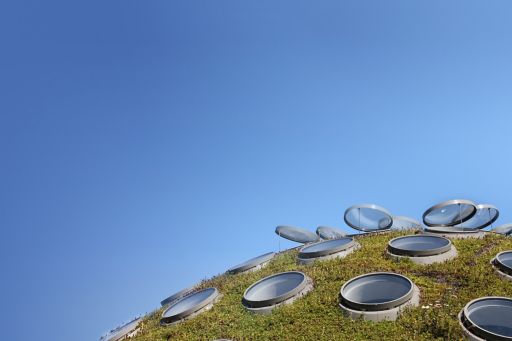Trend 6: Sustainability goes mainstream
Trend 6: Sustainability goes mainstream
Governments start to evaluate their policies against delivery of the UN’s Sustainable Development Goals.

When people first started talking about the UN’s Sustainable Development Goals (SDGs) ahead of the Rio+20 conference in 2012, it might have been seen in some circles as a pet project of environmentalists and development specialists. While many agreed the goals were laudable and visionary, questions soon arose as to whether any measure could significantly influence the broader economic, social and political agenda.
Today, however, it seems that the SDGs (and the principles they represent) have become widely recognized by not only the development community, but by the private sector and broader civil society. Indeed, we are seeing governments starting to evaluate their policies against delivery of the SDGs; businesses increasingly see sustainability as a board-level priority; and investors are starting to direct their money towards companies deemed to be acting sustainably.
In part, the pressure to embrace sustainability has been catalyzed by the public’s desire for a sustainable future. Our view suggests that, as the moral question broadens, it has gained much greater legitimacy with the full breadth of society; citizens want their infrastructure, cars, homes and brands to be a force for good. Our parents and grandparents would be proud.
But it has also been driven up the agenda by a growing recognition of the risks that a lack of sustainable-thinking can bring. A recent report by the UN's Intergovernmental Panel on Climate Change which suggests that countries are failing to reduce global warming should also create a renewed sense of urgency.
To be clear, this is not just about environmental impact and global warming; today’s definition of sustainability encompasses everything from financial and funding sustainability through to operational and technological sustainability. It is about understanding the impact on local communities and future asset users. And it is about ensuring that the benefits of infrastructure decisions are being measured and weighed against their potential sustainability impact (thereby also helping to head off unwanted confrontation with activists). Like pulling on a loose thread in a sweater, a tug in one seemingly isolated area will eventually be felt everywhere
Simply put, the SDGs have provided society with a broader and more contextualized definition of sustainability and that, in turn, is helping influence the way average people view the challenge. Against this backdrop and supported by continuing economic growth, we are seeing infrastructure authorities, planners, developers and operators start to take a much more critical view on the sustainability of their assets.
Yet, while progress on the sustainability agenda is clearly being made, we expect the coming year to bring more public pressure and scrutiny on the sustainability of infrastructure planning, delivery, maintenance and funding as attitudes around the globe continue to shift.
Further Readings:
- Emerging Trends in Infrastructure 2019
- Trend 1: The public sector begins to reassert its role
- Trend 2: Data drives operational efficiency
- Trend 3: The challenges of megaprojects are magnified
- Trend 4: Eyes shift to emerging
- Trend 5: Embracing the evidence
- Trend 7: Progress trumps divisiveness
- Trend 8: Competition for new technologies heats up
- Trend 9: The customer becomes king
- Trend 10: Interdependence creates opportunities
- VIDEO: Emerging trends in infrastructure 2019


